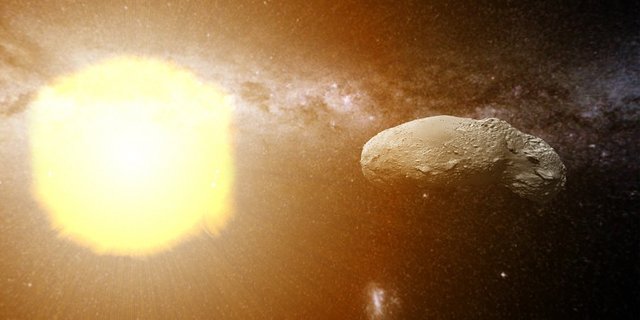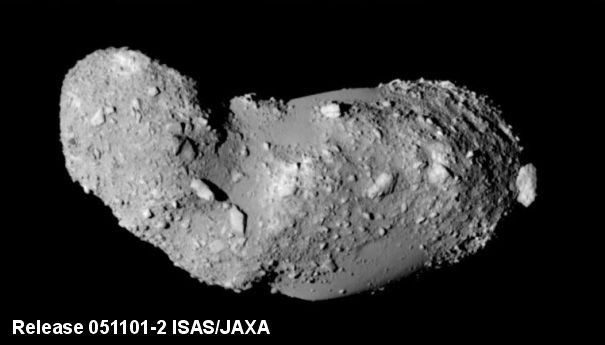The solar wind can be one of the sources of water
A team of Australian scientists may have solved a long-standing mystery surrounding the origin of water on Earth. They came to the conclusion that one of its main sources is our Sun.

Compared to other rocky planets in the solar system, there is a lot of water on Earth. Over 70% of its surface is covered by oceans. In addition, it is believed that the earth's mantle also contains huge reserves of H2O. Thanks to such a rich hydrosphere, life has been able to arise on our planet.
Unsurprisingly, the question of the origin of Earth's water has been the subject of longstanding scientific debate. According to the existing theory, it was brought to Earth at the later stages of its formation by class C asteroids. However, the results of isotopic analysis showed that the water contained in their composition is different from that of the Earth. This means that there should have been another large "supplier" of water in the solar system.

In the course of their research, Australian scientists have come to the conclusion that the Sun is the source of the unaccounted for water on Earth. More specifically, the solar wind is mainly composed of hydrogen ions. It is capable of forming water when interacting with tiny dust particles. Later, this "lighter" (in terms of isotopic composition) water supplemented its reserves on our planet.
Scientists came to this conclusion as a result of the analysis of tiny particles of the substance of Itokawa (25143 Itokawa). It is an S-class near-Earth asteroid that visited the Japanese probe Hayabusa in 2005. He took a sample of a small body and then returned it to Earth. Subsequent research showed that each cubic meter of rock in the upper layer of Itokawa contains, on average, about 20 liters of water.

According to the researchers, the discovery is important not only in terms of understanding the evolution of the Earth. Similar processes of water formation in the surface layer should have occurred on other non-atmospheric bodies of the solar system. This means that future space explorers will be able to extract it and use it for their needs.